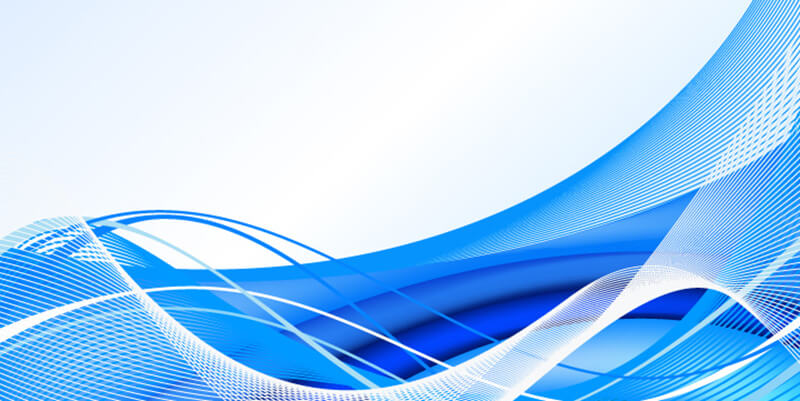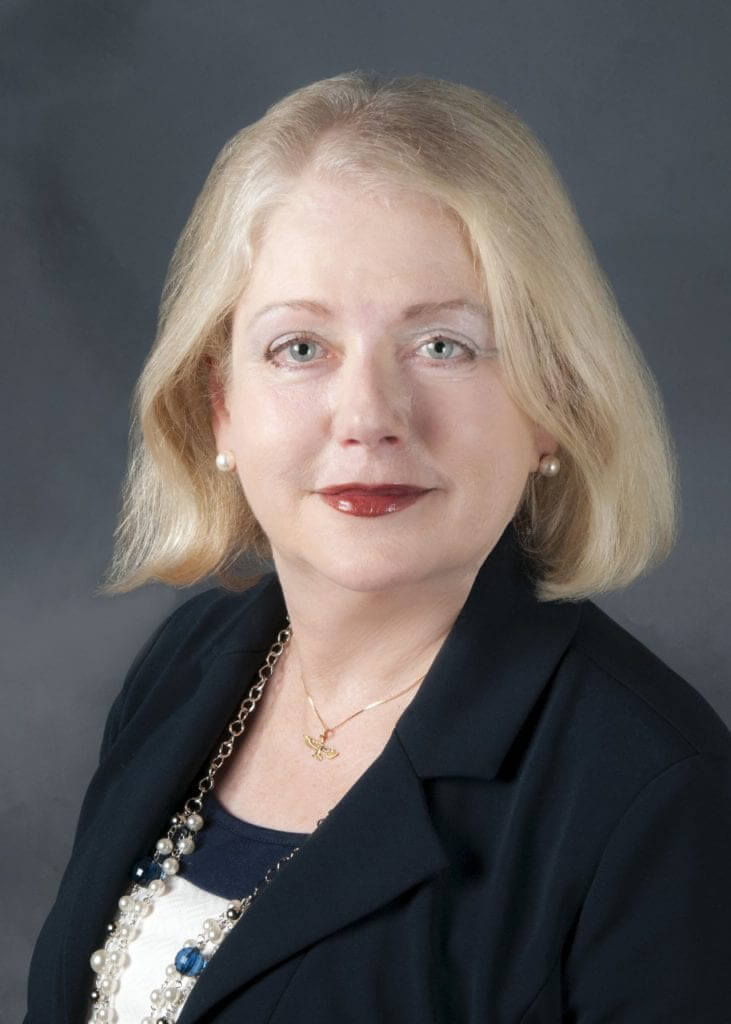
Teledentistry is ready to catalyze change for the better.
“Necessity is the Mother of Invention”. If this pandemic has taught us anything, it is that dentistry can innovate quickly and adapt to changing realities. As dentistry is starting or preparing to go back to work, some things will be changed.
Pandemic innovations becoming permanent changes
For example, remote care technology, called teledentistry, is becoming the norm. Patient acceptance of status quo dentistry is over.
The seemingly rapid ramp up to teledentistry, was years in the making. Its adoption was accelerated within weeks and days of the shelter at home, emergency-only dentistry mandate caused by the COVID-19 pandemic.
Like other new technologies in dentistry, teledentistry has a training and learning curve. At first, there is a lot to learn, but in a short time, teledentistry can become business as usual.
Each practice shortened this learning curve even further, by being at home and having the time for online training. What else had to be done? When we needed to, thousands of practices across the US got trained and began using teledentistry to see and consult with patients.
Another catalyst for teledentistry adoption was that during this pandemic crisis, barriers to use dissolved, such as state law prohibitions on the use of new technology – specially telehealth in general and teledentistry specifically.
Free Webinar with Dr. Scarlett:
Teledentistry for What’s Next: Mitigating Risk and Navigating a New Normal
What teledentistry adoption meant for my patients
My personal experience during the COVID-19 lockdown is a perfect example of teledentistry in a COVID-19 world. Recently, a patient of mine did not want to come into the office because of the shelter in place order issued by the governor.
Thankfully, TeleDentѢ from MouthWatch enabled us to schedule her for a synchronous (live) appointment, in which she opened her mouth for viewing via her smartphone.
I could easily see that there was swelling on # 19. I could also see that the airway was not compromised. She was so pleased that I could see her the way she wanted at a time that was convenient. The result: My patient received the prescription she needed from this teledentistry visit, without incurring any risk of contagion.
Teledentistry will be part of how dentistry gets done moving forward
When dentistry goes back to work, teledentistry will still play a critical role in addressing access to care issues. The technology can enable asynchronous (store and forward) consultations with patients, which is like times-shifting a TV show.
This is especially convenient for a an hourly or evening shift patient, as they can now take photos, load them on a secure HIPAA-compliant portal for an asynchronous after hours visit.
The next morning, the dentist can take a look at the photos, make a diagnosis, and after screening the patient, make an appointment for the recommended procedure that will in turn minimize time in the office. It really is a more efficient way to manage the workflow and to mitigate the risk of exposure to COVID-19.
It’s also a way to provide care for people who don’t have access to dental services. Thanks to teledentistry, a patient consultation can occur in response to a patient’s chief complaint and for a reasonable price.
Remember SOAP or Subjective Objective Assessment and Plan-based write ups for charts in dental school? Well, teledentistry is bringing this method of recording based on a SOAP type model back into the forefront. And one more thing…
Since the 1970s, insurance schemas have not changed much in dentistry, with many of the annual limits the same as then. Now, insurance and providers are collaborating to figure out sustainable new models for dentistry that could hold both clinicians and patients accountable for good oral health.
Instead of arguing about value-based care, versus procedure-based care, offices are now sorting through determining which dental specialists should deliver on referral, and what types of oral treatment and services can be done via teledentistry. Dental insurance companies, surprisingly, are deciding to pay for teledentistry services.
Together, we are learning which procedures should be elevated to personalized care on a continuum of care for optimal oral health. More people expect more from dental practices now. Teledentistry enables dentists to meet their patients’ new expectations in a most efficient way.
Teledentistry isn’t just about responding to change, but adopting change for the better
The possibility of lowering the barriers to access to care, as well as shortening the time waiting for appointments, is real. Exceeding expectations of patients, providers and insurers is the new standard we must achieve to ensure that dentistry thrives in the new normal. Teledentistry can be the catalyst.
About the Author
Margaret Scarlett DMD is a member of the MouthWatch COVID-19 Advisory Team. She is an infectious and chronic disease prevention specialist, dentist and author. For thirty years, Dr. Scarlett has provided expert guidance on infectious diseases and infection control as a consultant to the Centers for Disease Control and Prevention, the World Health Organization, the Pan American Health Organization, the United States Agency for International Development, the American Red Cross and many consumer health companies.

